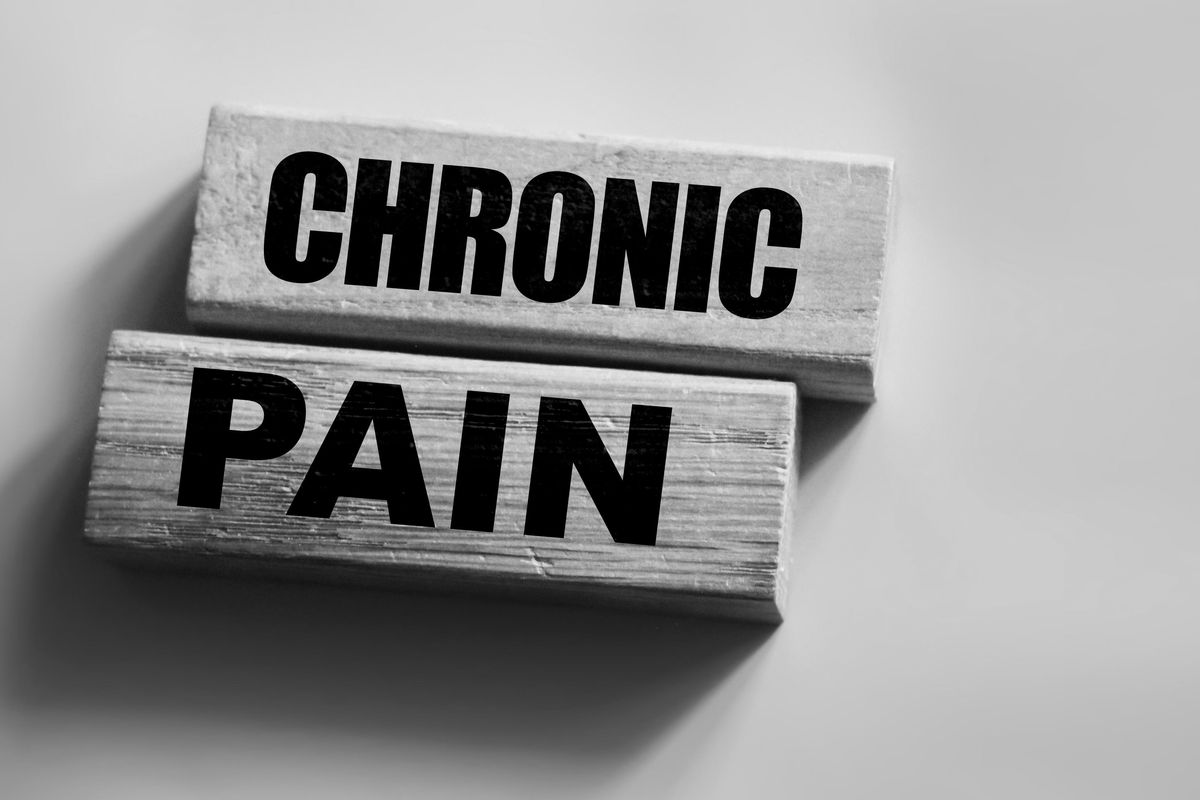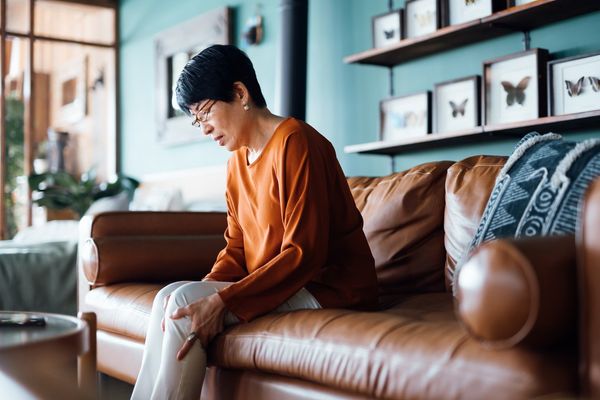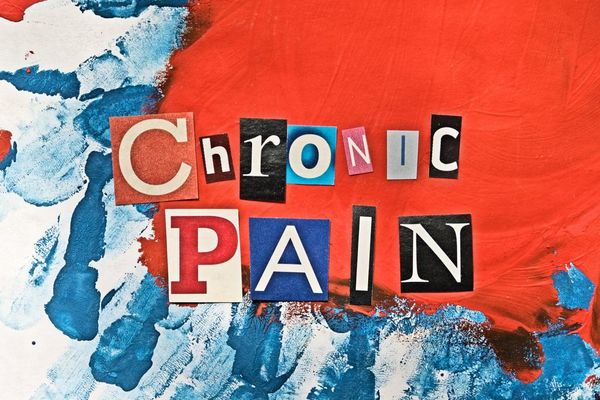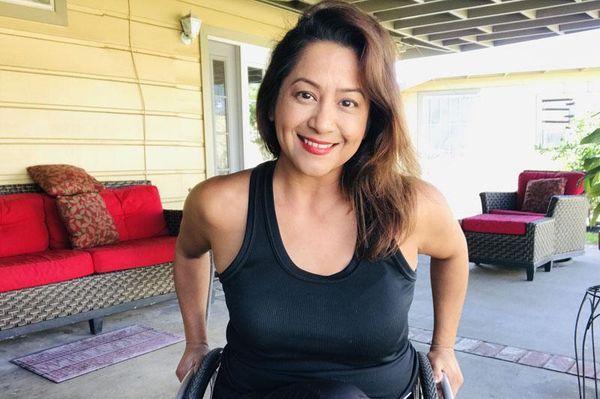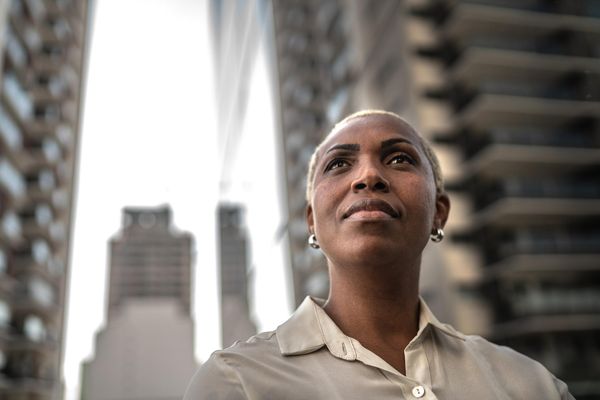An estimated 50 million Americans live with chronic pain — pain every day or on most days over the last six months. Of these, nearly 20 million have "high-impact" chronic pain that interferes with daily life or work.
Women are more likely to experience chronic pain and more acute pain than men. Often, women's pain is taken less seriously by healthcare providers. As a result, women frequently go without appropriate treatment.
We spoke with members of HealthyWomen's Chronic Pain Advisory Council to get answers to common questions about chronic pain.
1. Do women and men experience pain differently?
Research shows that men and women experience pain differently. Women are more likely to report pain symptoms and to experience pain more intensely. Women and men also respond differently to pain treatments.
Women are more likely to suffer from conditions such as fibromyalgia, migraine headaches, chronic fatigue syndrome, osteoarthritis and rheumatoid arthritis, as well as conditions that only affect women, such as endometriosis. Additionally, women are more likely to suffer from more than one condition. Of 100 million Americans with multiple chronic conditions, 54% are women.
The mechanisms underlying sex differences in pain are not clear, but hormones, genetics and other biological or physiological differences may be at play. Psychosocial factors, societal norms, caregiver burdens and stress can all exacerbate pain.
2. How do gender and race affect how healthcare providers assess and treat pain?
Healthcare providers are more likely to minimize women's pain, which prolongs women's suffering. The longer it takes for women to get diagnosed properly, the longer it takes to receive appropriate treatment. In a 2019 HealthyWomen survey, 36% of women said they did not think their healthcare provider took their pain seriously. Studies show that when women's pain is dismissed, it can lead to further distress. A history of trauma can dissuade women from seeking care and can, itself, exacerbate pain.
Women of color face disparities in perceptions, assessment and treatment of pain. People of color may be more likely to experience pain and to underreport their symptoms. Perceived discrimination can worsen psychological distress, which in turn can worsen pain. To make matters worse, appropriate treatments may not be as available in communities of color. Healthcare providers continue to be misinformed about racial differences in the experience of pain, and implicit bias affects the management of pain.
3. Are healthcare providers trained and prepared to serve people suffering from chronic pain?
A seminal paper suggests bias among healthcare providers contributes to undervaluing and delegitimizing women's pain.
Professional training can chip away at those biases, but a systematic review of medical school programs showed that most pain management training is insufficient.
A 2019 report from the U.S. Department of Health and Human Services recommends expanding research into underlying mechanisms of chronic pain; medications, devices, and other treatments for pain; and complementary approaches to pain care, sometimes called integrative care. Funding such research could ultimately improve pain treatment, especially for women.
4. Why is access to treatment an issue for women?
Women are more likely to suffer from hard-to-diagnose conditions, such as fibromyalgia, migraine disease or chronic fatigue syndrome.
Some conditions, such as endometriosis, often require invasive procedures to diagnose properly. Therefore, it can be difficult to treat. Many women live for years in agony. Treatments that could provide relief, especially integrative treatments, are not always covered by health insurance, and specialists with the right expertise can be difficult to find.
5. Do women face stigma around their pain? How can it be addressed?
Women with chronic pain can experience profound stigma. Often, the causes of women's pain are shrouded in uncertainty, difficult to diagnose and tangled in miscommunication and misperception. Inadequate research into pain among women and people of color compounds the lack of understanding and resulting stigma. Women often have to exert tremendous effort to get appropriate medical attention and conform to societal expectations and norms.
Better training could increase healthcare providers' awareness of sex differences in pain and improve their ability to listen and validate women's pain to build trust and reduce stigma.
6. Why is there a need for more innovation and research on chronic pain?
Pain is personal. Until there are options that work for everyone, more research is needed, especially into non-opioid medications and non-pharmaceutical treatments. But new pain treatments have lagged, leaving many people with no effective treatment options.
As Peter Pitts, president and co-founder of the Center for Medicine in the Public Interest, noted during the 2019 HealthyWomen Chronic Pain Summit, the U.S. Food and Drug Administration had approved 13 new pain treatments in the prior five years; all were variants of existing drugs, including 11 opioid variants. Research into therapies that treat the whole patient, rather than one pain condition at a time, is long overdue. Research must include women who have historically been underrepresented in drug trials.
7. Is there an economic cost of pain conditions to patients and society?
Chronic pain costs an estimated $635 billion per year in direct medical costs, indirect costs of care, unpaid caregiving, lost productivity and lost wages. The quest for chronic pain diagnoses and treatment can be costly, inefficient and frustrating. Patients with chronic pain are more likely to visit doctors, other healthcare providers and emergency rooms than other patients. The tangible costs add up for health insurers, patients and society at large. The cost to individual patients may be incalculable.
8. What is the proper approach to managing and treating pain?
There isn't one source of pain or one right way to treat or manage pain. The best pain management approach is personalized. Pain may have multiple sources and be affected by multiple factors — biological, physiological, psychological and psychosocial. The best pain care uses multiple strategies, which may include Western medical approaches as well as complementary treatments, such as acupuncture, massage and meditation. Different types of healthcare providers can be part of an effective approach, including pain and palliative care specialists and integrative care providers.
9. What are some ways to improve diagnosis and treatment of pain in women and reduce barriers to treatments?
There are many strategies that can improve chronic pain diagnosis and treatment in women, including training practicing healthcare providers and future practitioners on conditions that exclusively or disproportionately impact women. Clinicians must learn to recognize sex differences in perceptions and experiences of pain. Adopting standardized, evidence-based treatment guidelines is also key to improving the quality of pain care.
Health insurers and government agencies should reimburse fairly for a wider range of pain treatments and reduce administrative barriers, such as unduly burdensome prior authorization requirements. Policies that support telehealth and inclusion of pain specialists and integrative care providers into insurance networks are also important.
Lastly, but critically, women must feel invited and empowered to speak up and demand the care they need.
10. Are opioids appropriate for women with chronic pain?
Opioids are no more or less appropriate treatments for women than for men. Opioids are one of many tools available to healthcare providers.
The Centers for Disease Control and Prevention guidelines recommend that opioids not be the first-line treatment for pain, taking into account the risk of addiction and other harmful side effects. Healthcare providers need to assess individual patients' needs relative to those risks, communicate openly with patients about risks and benefits and set treatment goals that include consideration of when it's appropriate to start or stop prescribing them.
This resource was created with support from Pfizer.
- Chronic Pain Is a Disease — and It Should Be Treated Like One ... ›
- Chronic Pain for Women Is Real - HealthyWomen ›
- Chronic Pain ›
- Learn More About Chronic Pain - HealthyWomen ›
- Fibromyalgia: 5 Questions to Ask Your Health Care Provider Before a Diagnosis - HealthyWomen ›
- HealthyWomen's Chronic Pain Summit - HealthyWomen ›
- Tools for Overcoming Barriers to Care for Chronic Pain - HealthyWomen ›
- Women Are More Likely to Have Chronic Pain - HealthyWomen ›
- After Years of Chronic Pain, I’m Embracing Pain Management - HealthyWomen ›

